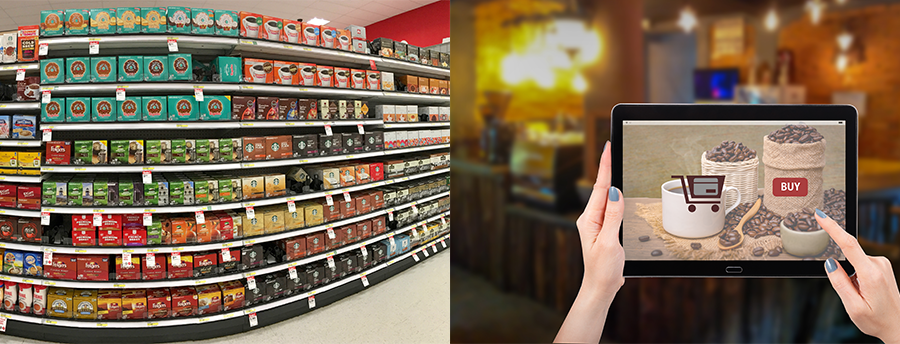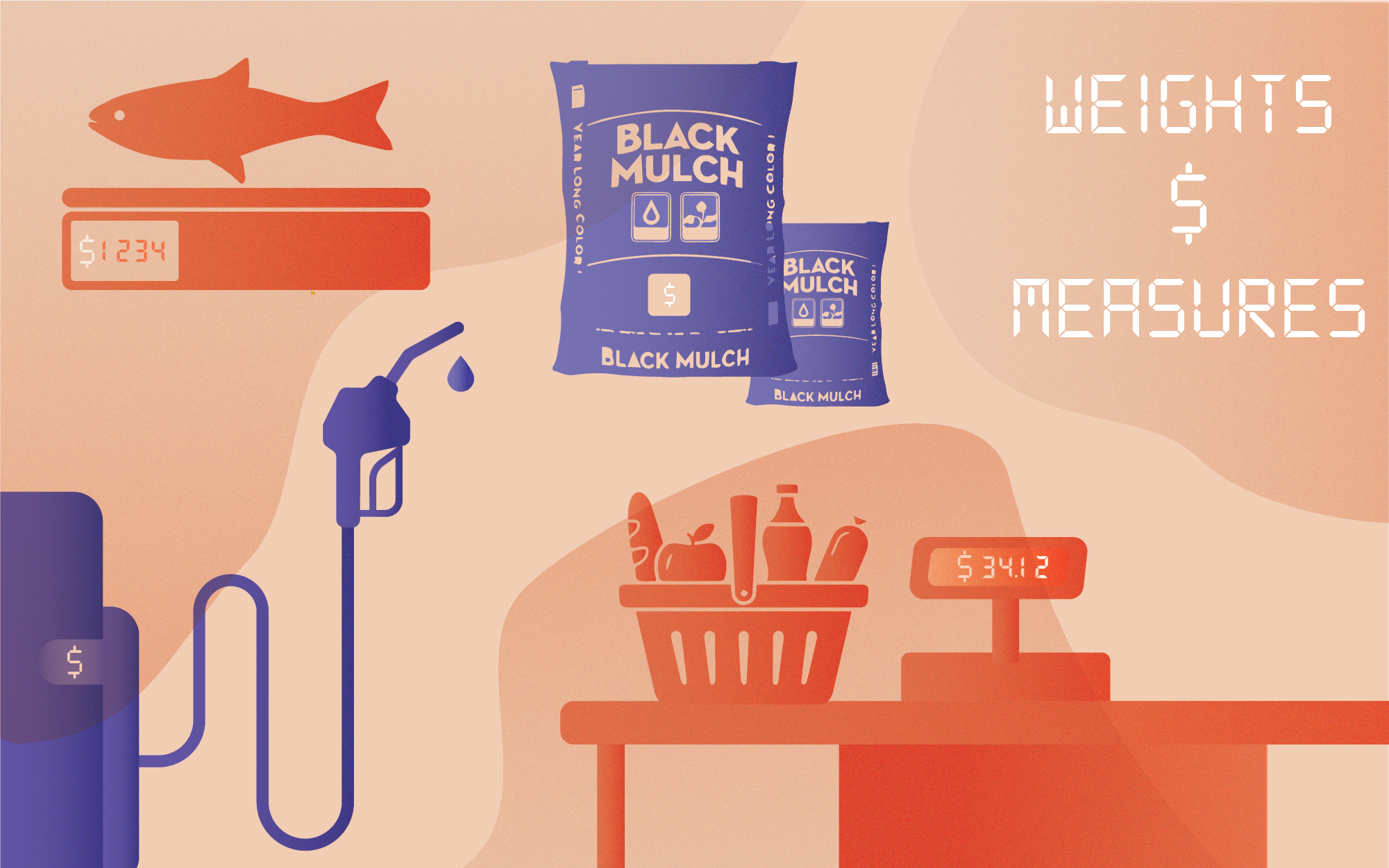Taking Measure
Just a Standard Blog

In most states, if you go to a store and need to buy a box of aluminum foil, the manufacturer must tell you exactly how much foil you’re getting for your money.
This allows the consumer to compare multiple products quickly and figure out how much they’ll pay per meter or foot, for example. The product label must clearly state what the product is and who the manufacturer or distributor is, as well as the length and width of the foil.
This is a simple example of how weights and measures affect your daily life — and you may not even realize it. When you buy something, the seller must disclose certain things, especially how much you’re getting for the price.
But what happens when we buy things online?
Right now, online stores are not as regulated as the in-person stores we shop in. But that will soon change in many states with the adoption of a model regulation. This regulation will take effect Jan. 1, 2025.
The NIST Office of Weights and Measures collaborates with a national organization, the National Conference on Weights and Measures (NCWM), to develop model regulations — distributed via NIST handbooks — that spell out model laws for weights or measures.
While NIST does not regulate weights and measures, most states and territories adopt the handbook as their regulations. States also enforce their own weights and measures regulations; NIST does not do any of this enforcement.
In places that adopt the regulations, online merchants who sell to customers there will have to follow specific rules to disclose to you what exactly you’re buying and how much you’re getting.

That’s the goal of everything we do in weights and measures — we want consumers to be well informed about what they’re buying and get the best value for their money. These rules will also help promote fair competition between physical stores and online stores.
This is especially important for buyers shopping online because you can’t physically touch the product and look at labels the way you can in a store. There are many examples where shoppers may need extra help buying something online versus in a physical store.
Let’s say you’re buying coffee from an online store. There are many ways to buy coffee. You might buy the pods, so you need to know how much coffee and how many pods you’re getting. Or you may buy the coffee in bean form and grind the beans yourself. You can also get coffee already ground.
In all three of these cases, you need to know exactly how much you’re getting. This can be challenging when you can’t see the size differences between the packages of coffee immediately, as you could in a physical store.
The new regulations will require online merchants to disclose this information, including exactly what you’re buying and how much you’re getting.
Weighing In to Inform Buyers
I’ve been working in weights and measures since 1991. I started working for New Jersey’s Office of Weights and Measures, testing and inspecting the large scales that weigh trucks on the highway. I later worked inspecting refineries and meters that deliver fuel to the gas station, ensuring people were getting what they paid for at the gas pump.
Later in my career, I became the head of weights and measures enforcement for New Jersey. This job involved dealing with a lot of fascinating issues, such as prices per unit of measure, known as unit pricing, or what actually constitutes a T-bone steak. It’s surprisingly complex.
It’s interesting to me how weights and measures work can be affected by the latest shopping trends. I remember when the George Foreman grill — an indoor grill that drains fat by cooking food at an angle — first came out. People bought 95% lean ground beef and noticed lots of fat draining into that drip tray when cooking it with their grill. We received lots of complaints about that in the office. In this case, we ran tests and procedures to make sure the meat’s fat content was accurately conveyed to the shopper.
In my role at NIST, I’m working with our state weights and measures partners around the country, essentially helping people who are doing the job I used to have. I provide training and host webinars to help weights and measures officials with their work. In the last several months, I’ve been hosting webinars with state weights and measures officials on a new NCWM national survey to ensure stores are pricing their items accurately.
I really enjoy this work — especially knowing that I’m playing a role in helping to make sure that both businesses and consumers get a fair deal in the marketplace.
Taking My Weights and Measures Knowledge to the Store
When you think about weights and measures all day, it can be hard to turn that part of your brain off.
My wife does not necessarily like it when I go to the store with her. I know we have to step away from our jobs, but it’s very challenging to do that when I’m in a supermarket!
Sometimes, when we’re shopping, I’ll wander off to other parts of the store, looking at product labels. My wife will say, “John, where were you?”
I’ll always say that I was over in produce, or I was in the bakery aisle, usually looking at the scales or the price tags. I can’t help myself but to think about weights and measures when I’m out shopping!
Being an Informed Shopper — Online or in the Store
While not everyone may find the Weights and Measures handbook to be the most exciting reading, I do encourage people to look at these documents and understand what online and in-person stores are required to do. It’s a great way to mark Weights and Measures Week, which starts on Friday.
If you see anything concerning when you’re out shopping, contact your state’s weights and measures office so they can look into it.
Here at the NIST Office of Weights and Measures and in state weights and measures offices around the country, we’ll be working to make sure you get what you pay for — whether online or in a physical store. Happy Weights and Measures Week!






I have worked with John Nad he is the weights and Measures guru...all of what this article is about isost helpfully to all consumers...so listen up and check the products you are about to purchase for the proper weight and size before you make the commitment to purchase. Thank you John for the great information